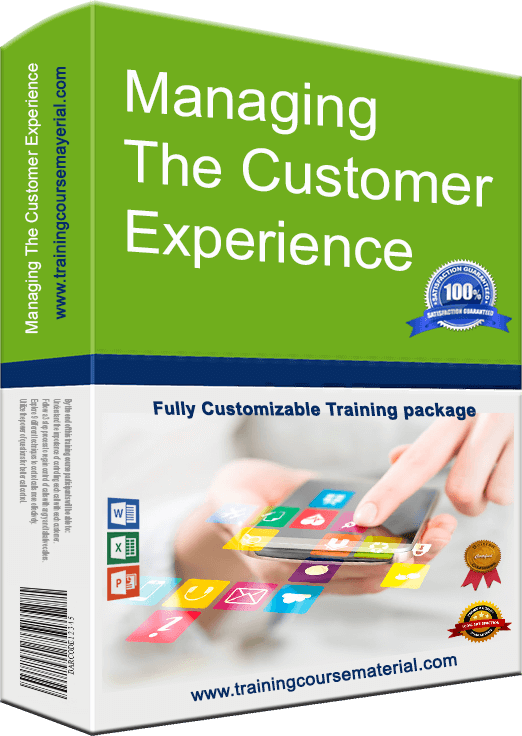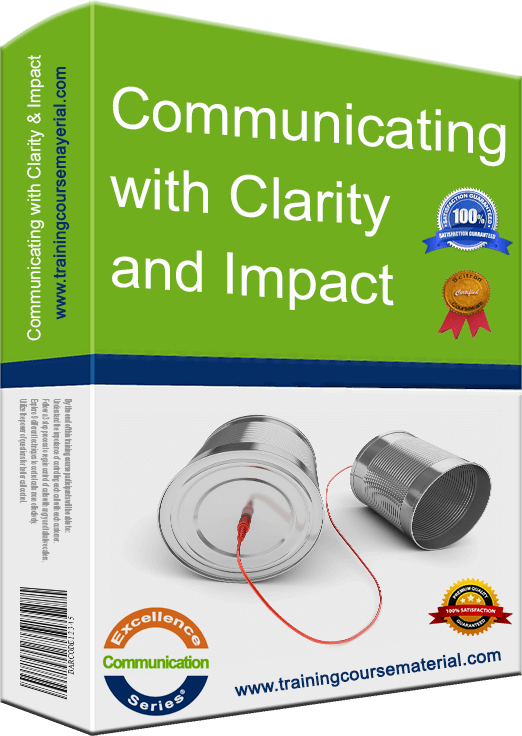What is proactive customer management ?
Being efficient in conversations with customers is based around getting two fundamental aspects right – the direction of the conversation and the control of the conversation.
The direction of the conversation is about using specific questions to guide the customer through the conversation, getting all of the relevant information from the customer and cutting out anything that is irrelevant. Direction allows us to signpost for the customer when we are taking their enquiry, influences what we are doing and why we are asking them certain questions.
The control is about ensuring the customer that we are in control. By using signposting and questioning, we demonstrate that we are in control and the customer understands that we are working towards resolving their enquiry.
To proactively manage our customer’s conversations, we can use the Proactive Contact Management cycle. By combining our customer service or communication skills (questioning, listening, positive language, building rapport etc) with this cycle, we can be more efficient in the way we manage our conversations and more efficient in the service we deliver. The Proactive Customer Management cycle has four key elements:
1- Signpost
2- Question
3- Listen
4- Acknowledge
To undestand the concept of Proactive customer management better , listen to any conversation between a sales/service agent and a customer and ask yourself the following questions:
- Who is controlling the situation ? / What evidence supports this?
- Who is asking the majority of questions in the conversation? /What is the impact of this?
-What is the customer feeling about this ? what evidence supports this?
- How is the sales/service representative dealing with this conversation? What evidence supports this ?
- What could the sales/service representative do to improve this conversation ?
What do we mean by Stating/signposting ?
By signposting the direction of the conversation, we are indicating to the customer that we know where the conversation is going and that we are controlling the conversation.
If we signpost the conversation, the customer:
• Understands where the conversation is going and the direction of the conversation
• Understands why they are being asked certain questions
• Has confidence that we are taking them on the journey of answering their enquiry
How do I signpost?
The meaning of signposting is holding a sign to give guidance and direction. To signpost when you are communicating means to give guidance to the other person by giving the information in more organized chunks to make it easier for the other person to understand your complete message. Signposting means using words like First, then you explain the first thing you wish to communicate. Then Second then you start explaining the second thing you wish to say. ..etc. Its as if you are holding a sign to give better guidance to the other person and make sure they understand you message without any confusion.
If we DO NOT signpost the conversation, the customer:
• May not have confidence that we are taking them on the right journey to answer their question.
• May be confused as to why we are asking them certain questions
• Is unsure as to whether we have really understood their enquiry or not.
Questioning
Every time we give the customer information, advice or respond to their question, this should be followed by a question that will invite the customer to speak.
If we ask the right questions at the right time, the customer:
• Will be engaged to either provide information, think about what has been said or confirm their understanding
• Will know when the right time for them to speak is
If we DO NOT ask the right questions at the right time, the customer:
• Is left to drive the direction of the conversation
• Has to think about what they need to know next
• Is not sure if they have been given all the right information
• May try to interrupt or talk over you as there is no clear place for them to speak
• May wait in anticipation to speak and there will be silences
• Will be on the phone for a longer period of time as it takes longer to reach a conclusion
Acknowledge
It is important to acknowledge what the customer has said so they know we have understood and that we are able to help them with their enquiry. If we acknowledge what the customer has said, the customer:
• Will feel comfortable that we have understood what they have said
• Will feel confident that we can help with their enquiry
If we DO NOT acknowledge what the customer has said, the customer:
• Will wonder whether we have listened to/understood what they have said
• Will be anxious as to your level of understanding
• Will be concerned as to whether we are answering their enquiry in the most suitable way
Tips for Proactive Customer Management:
- Always use the proactive customer management cycle
- Always SIGNPOST where you are taking the conversation
- Every time information, advice or a response is given to the customer, follow this by a QUESTION to invite the customer to speak, gain further information or confirm understanding.
- Actively LISTEN to the customer at all times to ensure you understand exactly what they need.
- ACKNOWLEDGE what the customer has said or how the customer is feeling and reassure them you can help them with their enquiry
For more customer service skills, check out our Instant download customer service training package "Vision, Energy & Passion To Serve"
Customer service Related Articles
- World Class Customer Service, What is it?
- WIIFM - What's in it for me to provide great customer service?
- GROW Service questioning model
- The Power of One agent
- 7 Defusing Techniques - Defusing angry customers
- Empathy Vs Sympathy
- Building Customer Rapport
- Roles of the customer service manager
- What is Proactive customer management? (PCM)
- What is True Customer loyalty?
- Greeting customers professionally

34 Full Courses & 6 Mini Courses
Get all available programs
& save ...!!
Price: $4499.95 $2995.95
Great Value For Money
Read More
Are You a
Visual, Auditory or Kinaesthetic ?
How well do you
cope under
pressure?
.
Are You A
people person?
.
Forward looking, or
Stuck in a time
warp?
How content
are you?
.
How soft-centred
are you?
.
Find Out
Your Leadership
Style
How
Emotionally intelligent are You ?

|
+ | 
|
The Presenter-Trainer Package®
Train The Trainer
Presenting With Impact
Price: $359.95 $299.95
SAVE $59.95
Read More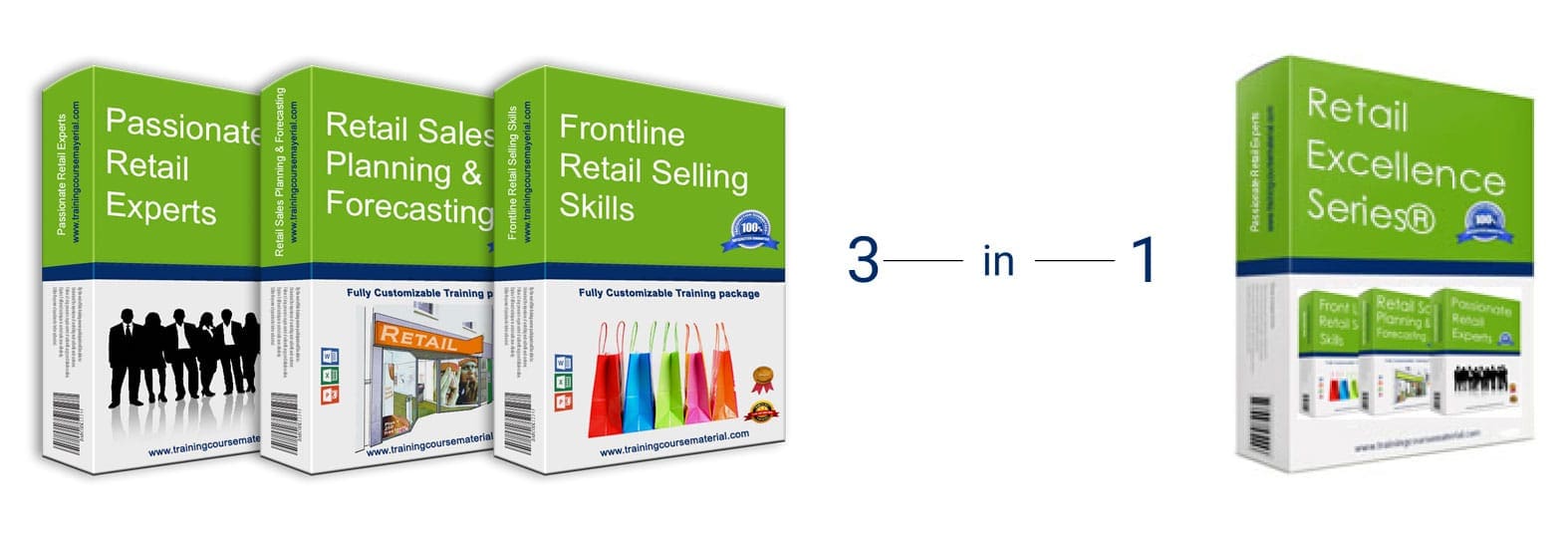
Retail Excellence Series®
3 Complete Courseware
Packages in 1
Frontline Retail Selling Skills
Retail Sales Planning & Forecasting
Passionate Retail Experts
Price: $539.855 $349.95
Pay for 2 Get 1 Free
Read More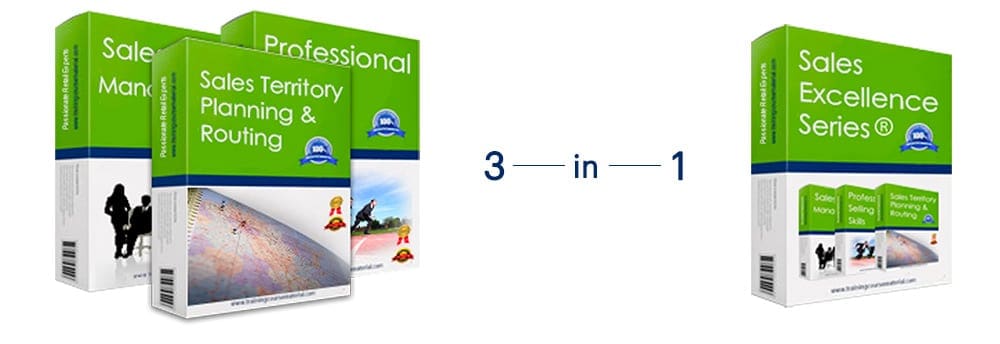
Sales excellence series®
3 Complete Courseware
Packages in 1
Sales Management
Professional Selling Skills
Sales Territory Planning & Routing
Price: $539.855 $349.95
Pay for 2 Get 1 Free
Read More
Call Center Excellence Series®
4 Complete Courseware
Packages in 1
Handling angry and difficult callers
Call control
Find a way to say YES!
Successful telephone debt collection
Price: $719.95 $449.95
Pay for 2 programs and Get 2 programs Free
Read More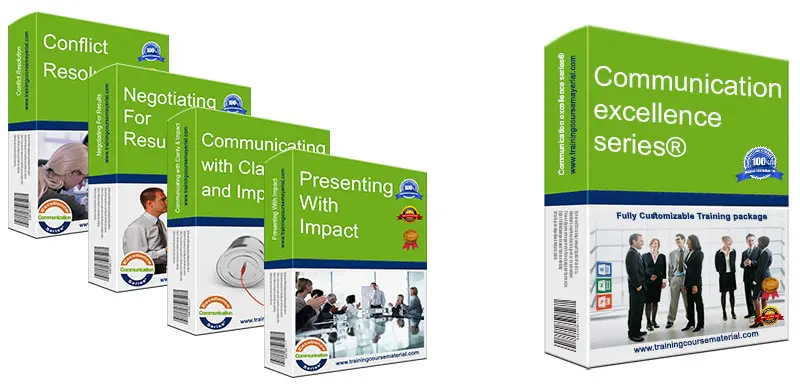
Communication Excellence Series®
4 Complete Courseware
Packages in 1
Communicating with clarity and impact
Negotiating for results
Conflict resolution
Presenting With Impact
Price: $719.95 $449.95
Pay for 2 programs and Get 2 programs Free
Read More
Customer Service Excellence Series®
5 Complete Courseware
Packages in 1
Vision, Energy & Passion To Serve
Pathways to service excellence
Find a way to say YES!
Passionate Retail Experts
Setting others up for success
Price: $899.75 $599.95
Pay for 3 Get 2 Free
Read More
Instant Download
Training packages
Price: $199.95 $179.95
No matter who you are, we all have 168 hours each week. Your ability to best utilize those 168 hours will ultimately determine your success. Using self-discovery, hands-on activities and innovative concepts, throughout this high energy training program, participants will learn how to get better control of their time and their life in general.
Price: $199.95 $179.95
A highly engaging one-day training program packed with a plethora of fun activities and games focusing on the key characteristics of high performing teams.
Price: $199.95 $179.95
All you need
to deliver a great training!
Our training material packages come with all you need to provide
a professional and accelerated learning solution with

High Impact
Power Point Slide Deck
To support immersive learning, a high impact professionally designed power point slide deck to engage trainees at all levels.

Student
Workbook
A comprehensive reference workbook you can give out to your class participants as a quick future reference.

Trainer
Guide
With step-by-step clear directions with tips and suggestions on what to say and how to present each slide.

Activity
/Exercise Sheets
Various training material and support documents to help you both explain and debrief the different exercises, activities and games Plus a fun final Jeopardy style review game as a fun ending for your training program.

Additional
Support Documents
To ensure you have all you need to deliver a complete and professional training program, additional supporting documents are included with each full course material package. From training evaluation forms to 5 different certificate templates that you can edit and hand out to your participants at the end of your training.

Job Aids
& Forms
Specific forms designed to extend and reinforce the training that participants can utilize back on the job to help them apply the new learned concepts (Select training material packages)



